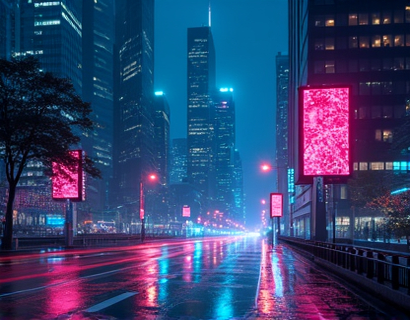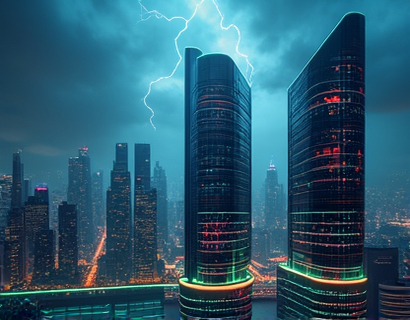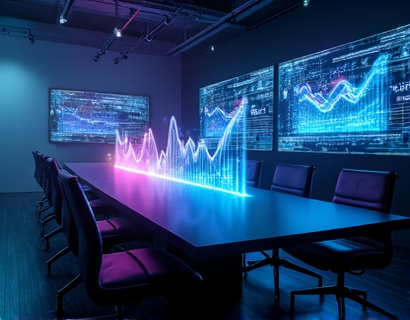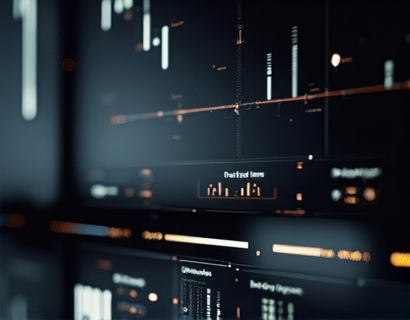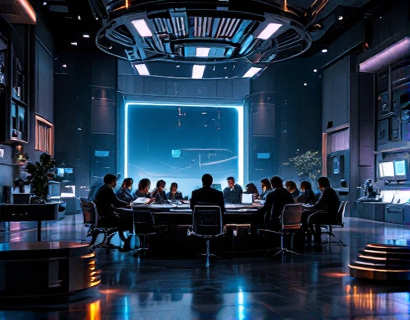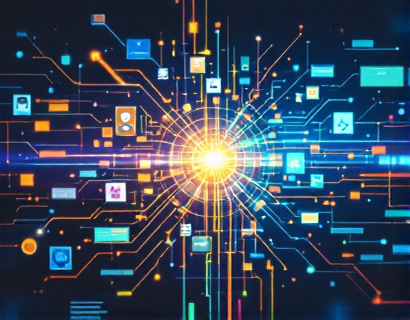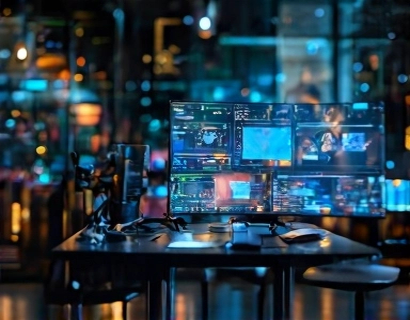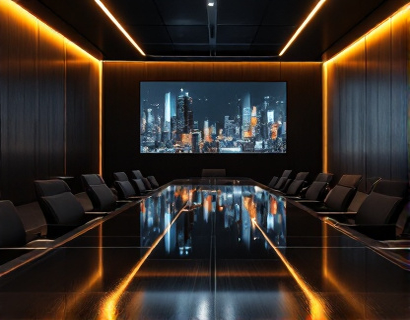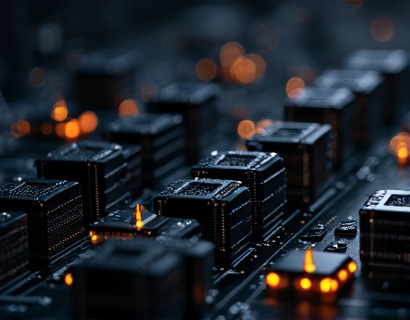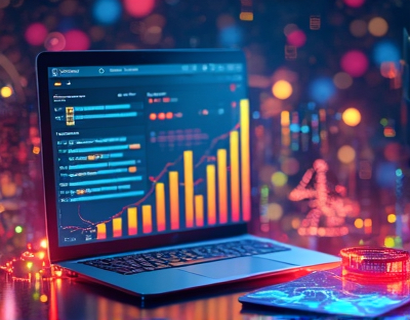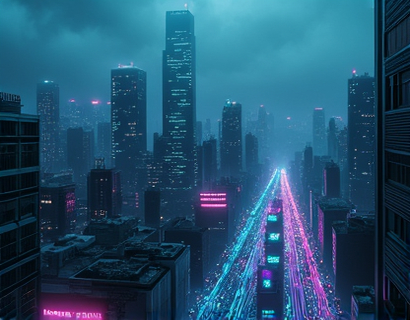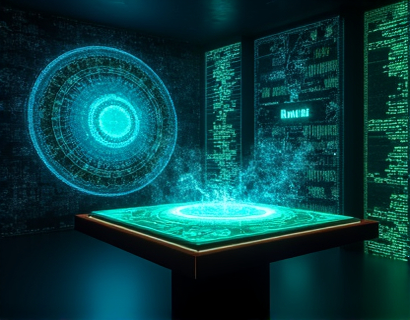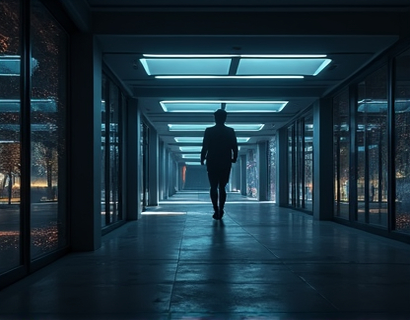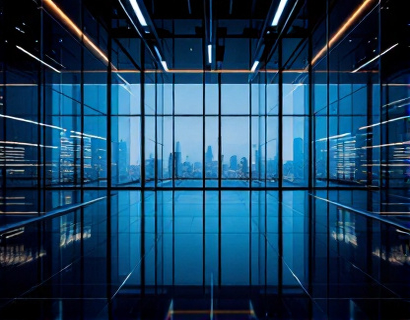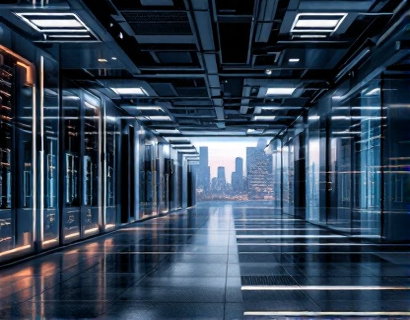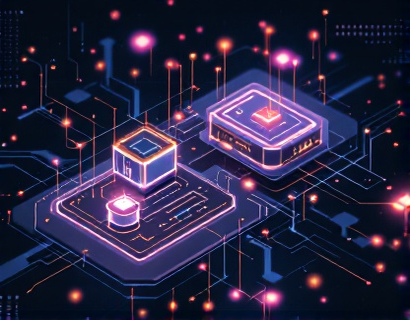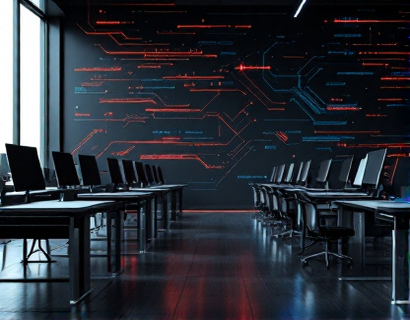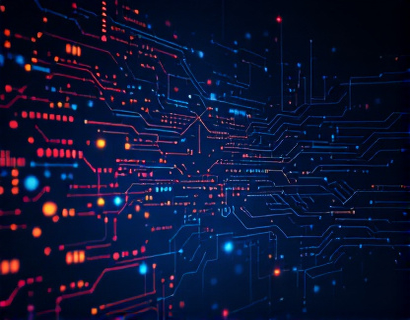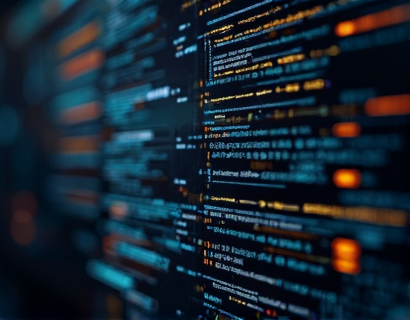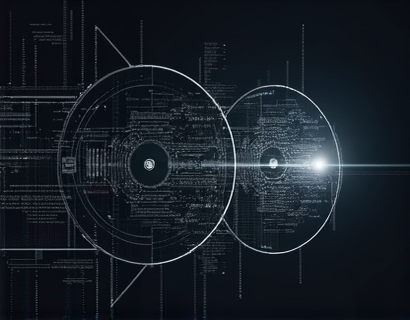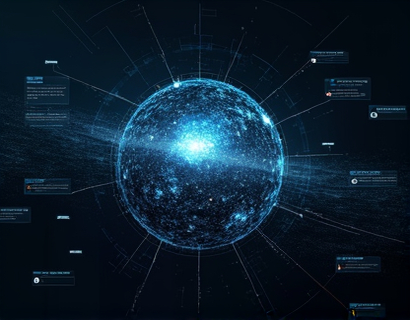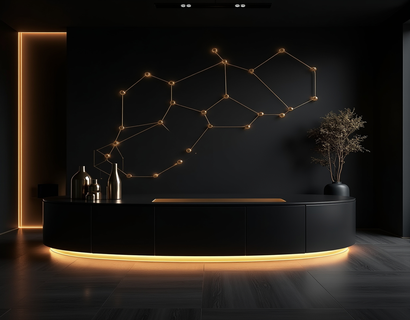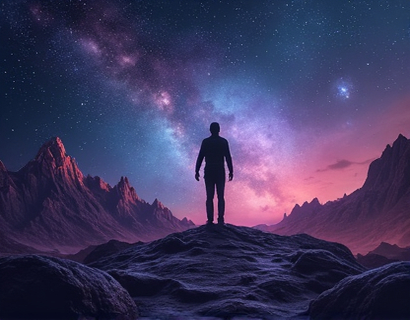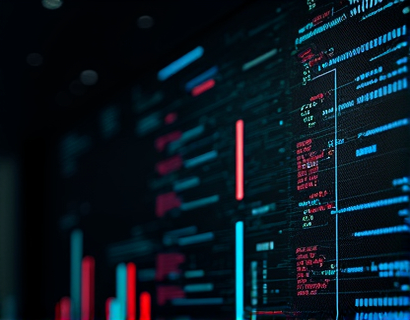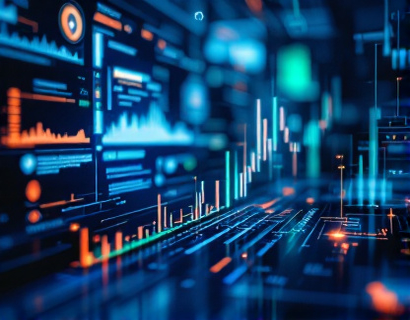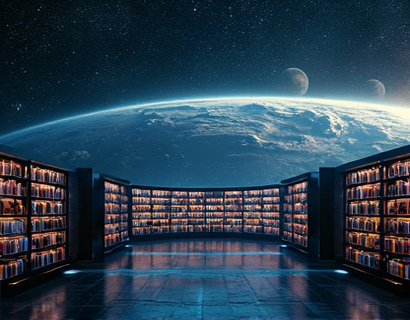AI-Powered Graphic Creation: Revolutionizing Visual Design Accessibility
In recent years, the landscape of graphic design has undergone a significant transformation, driven by the integration of artificial intelligence (AI) into creative processes. This shift has democratized access to high-quality visual design, making it possible for a broader audience to create professional-looking graphics without extensive design expertise. The advent of intelligent online tools powered by AI has opened new avenues for graphic creation, benefiting various professionals and enthusiasts, from marketing professionals and small business owners to content creators and creative hobbyists.
The Rise of AI in Graphic Design
The incorporation of AI in graphic design is not merely a novelty but a revolutionary step forward. Traditional graphic design requires a deep understanding of design principles, color theory, and software proficiency. AI-powered tools, however, leverage machine learning algorithms to automate and enhance various design tasks. These tools can generate designs based on user inputs, suggest color palettes, create patterns, and even produce custom illustrations, all with a level of sophistication that was previously unattainable for non-experts.
Enhancing Creativity with AI Assistance
One of the most significant benefits of AI in graphic design is its ability to augment human creativity. Rather than replacing designers, AI tools serve as powerful collaborators. They can handle repetitive and time-consuming tasks, allowing designers to focus on the creative aspects of their work. For instance, AI can quickly generate multiple design variations based on a set of parameters, enabling users to explore a wide range of options and select the best fit for their needs. This not only speeds up the design process but also fosters innovation by exposing users to diverse design possibilities they might not have considered otherwise.
Accessibility and Democratization of Design
The democratization of graphic design through AI is perhaps its most impactful aspect. Previously, high-quality visual content was accessible primarily to those with formal design training or significant financial resources. AI-powered tools have broken these barriers, making professional-grade design tools available to anyone with an internet connection. This shift has empowered individuals and small businesses to produce visually appealing content, enhancing their online presence and competitive edge. For content creators and social media managers, this means they can now produce engaging visuals without needing a dedicated designer, saving time and resources.
User-Friendly Interfaces and Intelligent Design Suggestions
AI-powered graphic design tools are designed with user-friendliness in mind. These platforms typically feature intuitive interfaces that guide users through the design process step by step. Users can input text, select themes, choose layouts, and customize elements with simple drag-and-drop functionality. Behind the scenes, AI algorithms analyze user inputs and provide intelligent design suggestions. For example, if a user inputs a specific color scheme, the AI can suggest complementary colors and typography that align with design best practices. This level of automation ensures that even those with minimal design knowledge can create cohesive and aesthetically pleasing graphics.
Customization and Personalization
Another key advantage of AI in graphic design is the level of customization it offers. Users can tailor designs to their specific needs and preferences, ensuring that the final product reflects their unique brand or personal style. AI tools can learn from user interactions and preferences over time, providing more personalized recommendations and suggestions. This adaptability is particularly beneficial for small business owners and entrepreneurs who need to maintain a consistent brand identity across various platforms while also adapting to new trends and audience preferences.
Time and Cost Efficiency
The efficiency gains from using AI in graphic design are substantial. Traditional design processes can be time-consuming, from concept to completion, often requiring multiple iterations and expert input. AI-powered tools streamline this process, reducing the time needed to create high-quality graphics significantly. For small businesses and freelancers, this means they can produce more content in less time, increasing their productivity and potentially reducing costs associated with hiring external designers. Additionally, the cost of access to professional-grade design tools has decreased, making it feasible for more individuals and organizations to invest in visual content creation.
Applications Across Various Industries
The impact of AI in graphic design is felt across a wide range of industries. Marketing professionals can leverage these tools to create compelling advertising materials, social media posts, and email campaigns that resonate with their target audiences. Non-profit organizations can use AI-powered design to produce impactful fundraising materials and awareness campaigns without the need for a dedicated design team. Educators can create visually engaging educational content, from infographics to presentation slides, enhancing the learning experience for students. Content creators and social media managers can produce consistent and high-quality visual content, keeping their audiences engaged and interested.
Challenges and Considerations
While AI in graphic design offers numerous benefits, it is essential to acknowledge some challenges and considerations. One potential issue is the quality and originality of AI-generated designs. While AI can produce impressive results, there is a risk of generating designs that lack uniqueness or fail to capture the nuanced creativity that human designers bring. Additionally, over-reliance on AI tools might lead to a homogenization of design styles, where many projects start to look similar due to the algorithms' constraints. It is crucial for users to strike a balance between leveraging AI suggestions and infusing their own creative touch to ensure originality and authenticity.
Future Trends and Developments
The future of AI in graphic design is promising, with ongoing advancements expected to further enhance its capabilities. One area of development is the integration of natural language processing (NLP) to allow users to describe their design ideas in natural language, with the AI translating these descriptions into visual designs. This could make the design process even more accessible, as users would not need to have a deep understanding of design software or terminology. Additionally, the incorporation of augmented reality (AR) and virtual reality (VR) into design tools could open new dimensions for creative expression, allowing designers to visualize and interact with their designs in immersive environments.
Conclusion
The integration of AI into graphic design represents a significant leap forward, making high-quality visual content creation more accessible and efficient. By automating repetitive tasks, providing intelligent design suggestions, and reducing barriers to entry, AI-powered tools are empowering a diverse range of users to produce professional-grade graphics. As the technology continues to evolve, it is likely to further transform the design landscape, offering even more innovative solutions and opportunities for creativity. For anyone involved in visual content creation, embracing these tools can be a game-changer, enabling them to focus on what they do best—creating impactful and engaging visual stories.




